Equipment
After nearly 3 years, PXG finally launches new 0311 (T, P, XF, SGI and X) Gen2 irons
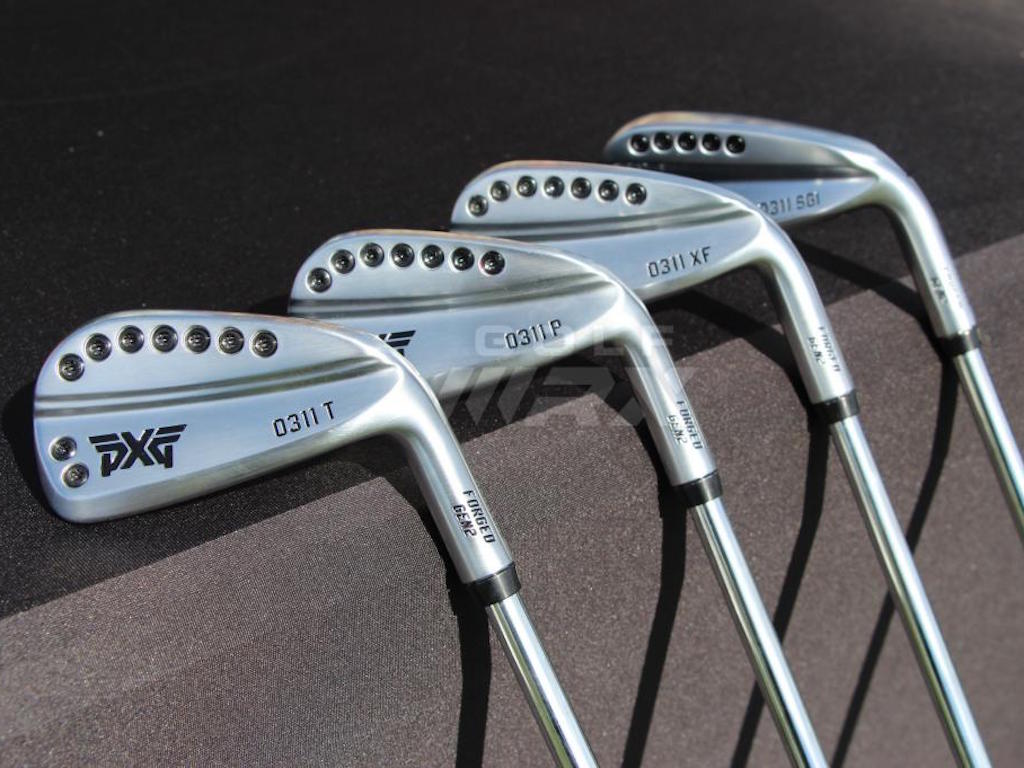
Almost three years after launching its first-generation 0311 irons (July 2015), Parsons Xtreme Golf (PXG) has finally announced its new 0311 Gen2 irons. And as with its initial launch, the company is making BOLD claims about the new irons. Overall, according to PXG, the new irons are longer, faster, produce higher launch angles, less spin, higher peak heights, steeper landing angles, have improved accuracy — in terms of both distance and dispersion — and have better turf interaction. That leaves two important questions:
- How?
- What took so long?!
As part of the premise behind even starting the company, PXG founder and billionaire Bob Parsons doesn’t want quick product cycles; as he says, he doesn’t want cost constraints or time constraints, he simply wants to make the best products on the market. And he says he didn’t want to come out with new irons until they were better than the first generation irons. The problem is, just weeks before the launch of the Gen2 irons, Parsons called the first-generation irons the “best irons in golf, and they have been since they were launched.” So how do you improve on “the best?”
When the Gen1 0311 irons launched, Parsons says he immediately put his engineers — former Ping engineers — Mike Nicolette and Brad Schweigert to work on crafting irons that are better. Parsons says after two years, they “went down many rabbit holes” looking for improvements, and Nicolette says he crafted 13 different iterations of irons searching for something better. Even with the help of a PhD from Duke University “on retainer,” Schweigert says the process of finding something better took more than two years.
The turning point for Nicolette and Schweigert was discovering a new material… one that had a much higher rebound speed.
If you remember the original 0311 irons, PXG designed its irons differently than any iron that came before it, and using a different material. The iron bodies were forged from S25C soft carbon steel, and the face inserts were “as thin as a credit card” and forged HT1770 maraging steel; but it was the TPE (thermoplastic elastomer) injection mold between the face and the body that separated PXG from other irons on the market. This TPE material allowed PXG engineers to construct thinner faces — and thus faster — yet still enhancing overall feel without losing durability, according to PXG.
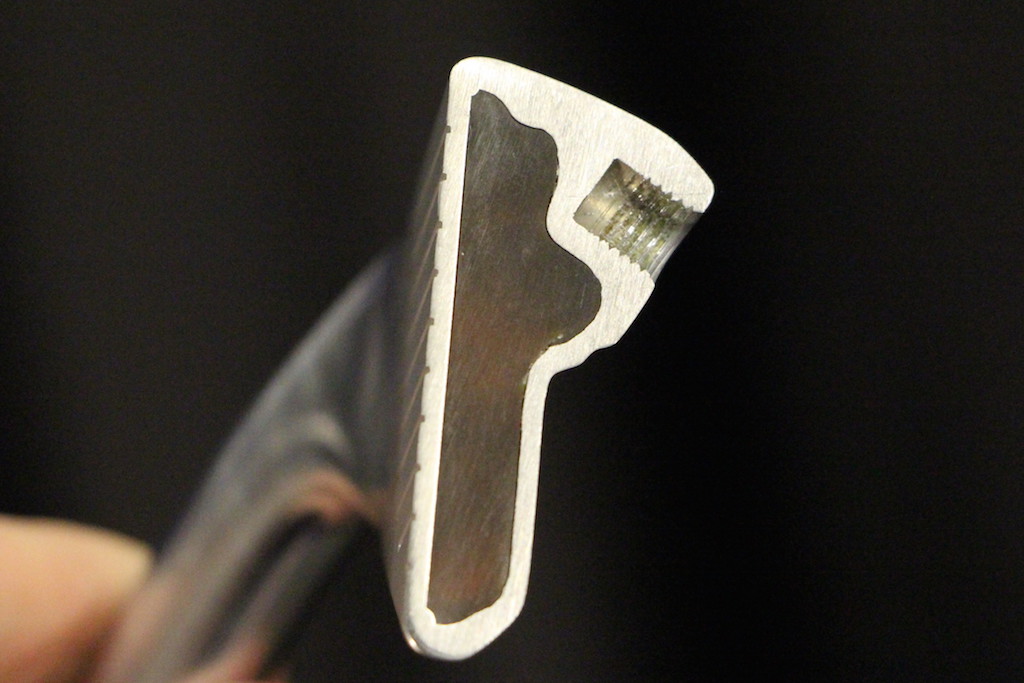
Again, three years later, the secret behind PXG’s Gen2 irons is the material that’s being used behind the faces (pictured above). Schweigert and Nicolette discovered a new polymer — they’re keeping the recipe close to the chest, obviously — that’s being injected into the irons; they call it “COR2” technology.
The name COR2 relates to C.O.R. (coefficient of restitution), which is a measure of energy transfer between two objects. In the case of golf clubs, you want the highest C.O.R. possible, although the USGA limits it to 0.83 (the lowest being 0 and the highest being 1). PXG claims COR2, versus the core material of the Gen1 irons, is 20 percent faster (according to a “drop test”), leading to 1-2 mph faster ball speed across the face. Additionally, due to the physics of the COR2 technology, according to PXG, the Gen2 irons also produce a 40 percent tighter dispersion. As Schweigert explains in our interview with him and Nicolette, this means the ellipse of average shots hit all over the face is 40 percent tighter than that of the Gen1 irons, thus, a 40 percent tighter dispersion (this is explained around the 6-minute mark in the interview above).
Core materials aren’t the only things that have changed since generation one, however.
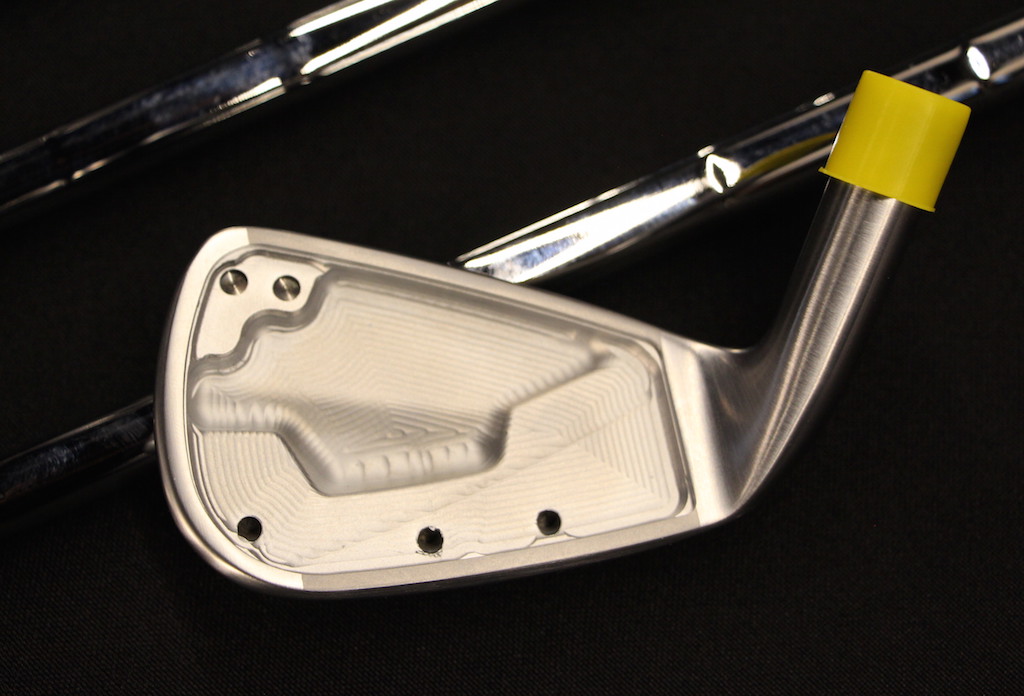
For higher ball speeds across the face, and an increased “functional face area,” PXG engineers extended out the face area supported by the COR2 material with an internal perimeter cutout. That means there’s more space behind the face to fill with COR2 polymer, resulting in a 15 percent larger hitting area.
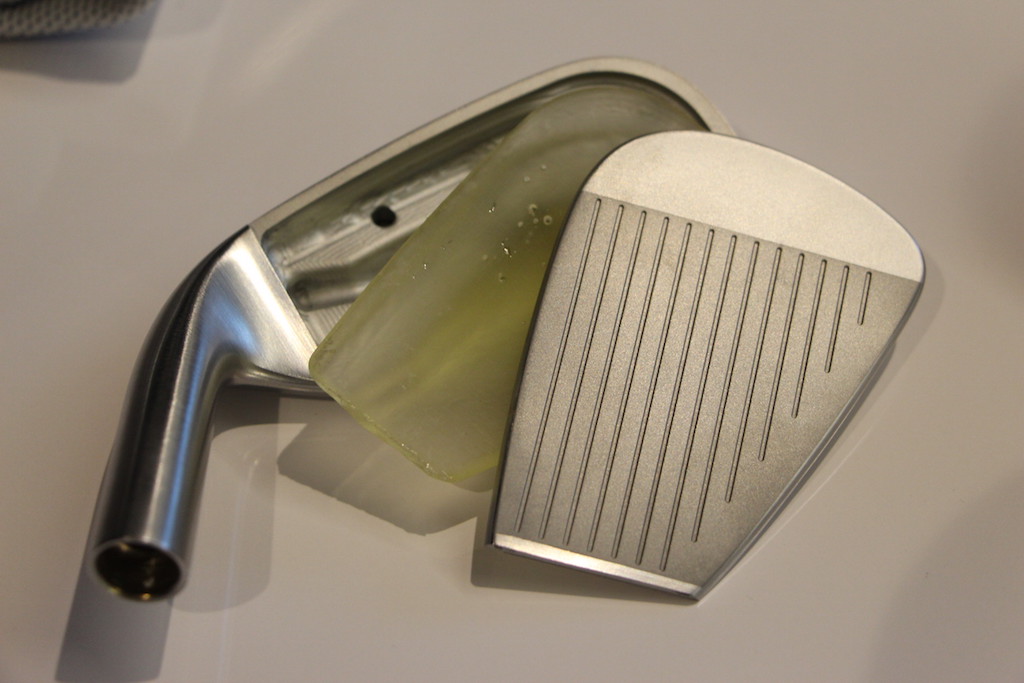
Also, PXG is using new 8620 steel bodies in its 0311 Gen2 irons versus the S25C steel that it used in the original 0311 irons. In its press materials, PXG says “the yield strength of 8620 is more than twice as strong as S25C.” The result, according to PXG, is greater durability, while still maintaining “the club head’s soft forged feel.” The face insert material and thickness, on the other hand, has remained the same; the faces are still made from HT1770 maraging steel and measure about 1.5 mm.
For higher MOI (moment of inertia, a measure of forgiveness), PXG has angled the back surface of the clubs, tapering them from heel-to-toe. That means there is greater mass on the toe portion of the club. The topline, however, is also angled so that it appears to be parallel to the face. Ultimately, the result is a topline that looks a bit thinner, and a 3 percent increase of MOI overall, according to PXG. The camber on the soles of the clubs have also been reduced so that players can take slightly more turf at impact compared to the Gen1 irons, allowing them to hit it higher on the face, according to PXG. Nicolette and Schweigert explain how this works in our interview (around 5:40).
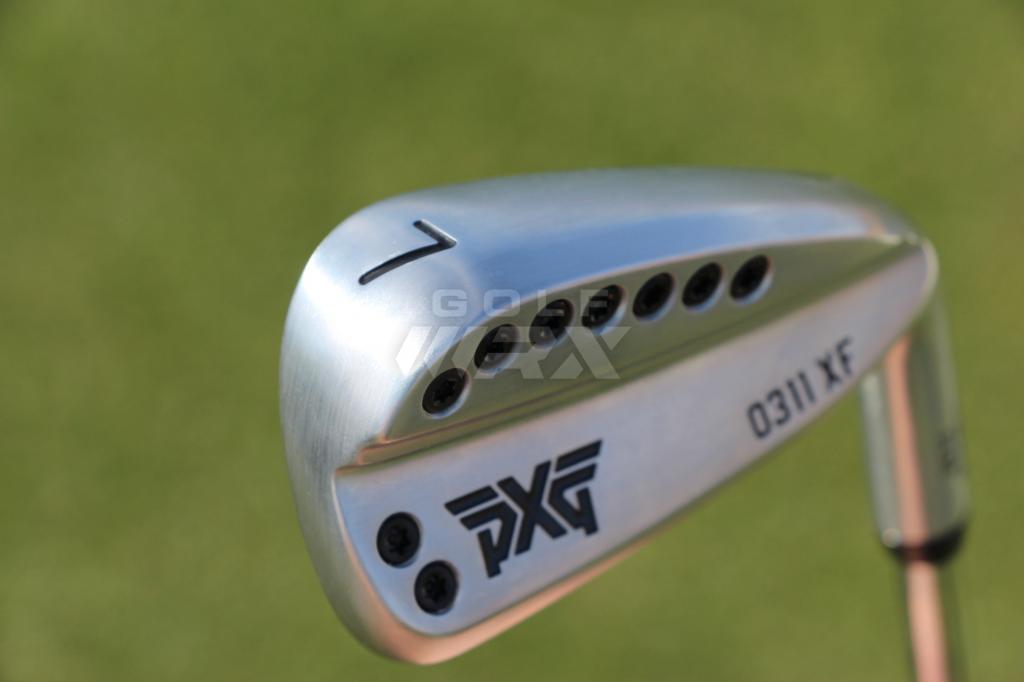
PXG also addressed a small concern from Gen1; dirt would get stuck in the numbers on the sole and the paint would wear. According to Parsons, the PXG team tried to find wear-proof paint, but ultimately, they simply moved the numbers out toward the toe so that it wouldn’t interact with the turf as much. Problem solved.
Looking at the overall line of 0311 Gen2 clubs, you’ll notice an increase in the number of offerings; there are now five. The Gen2 line includes 0311 T (Tour), 0311 P (Players), 0311 XF (Xtreme Forgiveness), 0311 SGI (Super game-improvement) and 0311 X (driving irons, 1-5 irons). According to Nicolette and Schweigert, the models have been designed with mixed sets in mind.
Starting on April 19, the Gen2 irons will sell for $400 per club in the standard finish, and $500 per club for the Xtreme Dark finish, which uses a black, diamond-like carbon coating, according to PXG. Among all of the flexes and steel/graphite options, there are 105 shaft offerings available in the standard irons, and 14 in the driving irons.
Read on for more information and specs on each of the iron offerings, and click here to see what GolfWRX Members are saying about the 0311 Gen2 irons.
PXG0311 T Gen2 irons

The T iron is “best suited for the player interested in maximum workability,” according to PXG, and for the player who prefers a more compact size. Compared to Gen1, the Gen2 T irons are reported to have less offset, a straighter leading edge appearance, less sole camber, trailing edge relief, a more rounded head profile and 2 percent higher MOI.
Tour players who have already made the switch include Billy Horschel (3, 5-PW), Charles Howell III (5-PW), Ryan Moore (5-PW), Charl Schwartzel (5-PW) and Ryann O’Toole (4-PW).
Specs
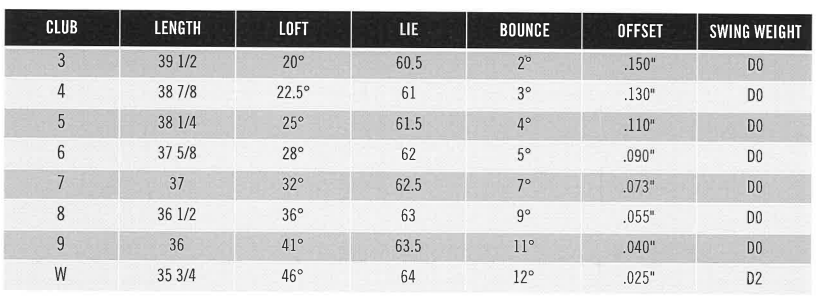
PXG 0311 P Gen2 irons
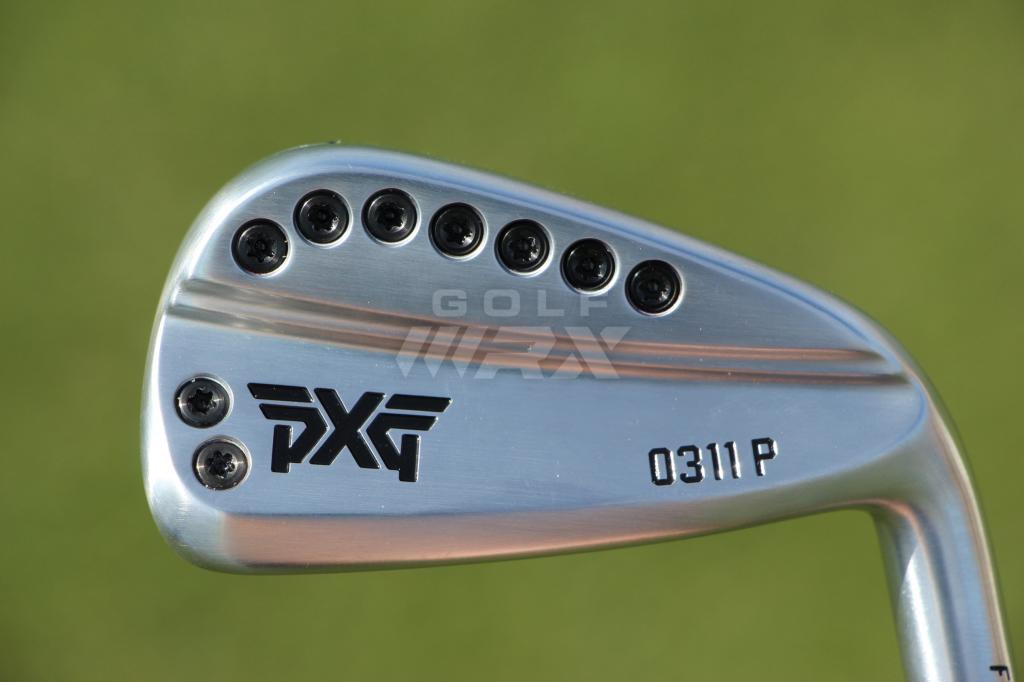
The P irons have moderate blade lengths and offset to satisfy the needs of a wide range of golfers, according to PXG, offering an “ideal balance of playability and forgiveness.” Compared to the Gen1 0311 irons, the o311 P Gen2 irons are reported to have a thinner topline appearance, less offset, a straighter leading edge, less sole camber, and 3 percent higher MOI.
The Tour pros who have these in the bag now include James Hahn (3 and 4 irons), Lydia Ko (5-PW), Anna Nordqvist (4 and 5), Katherine Kirk (5-PW), Christina Kim (4-PW), Brittany Lang (5-PW) and Alison Lee (5-PW).
Specs
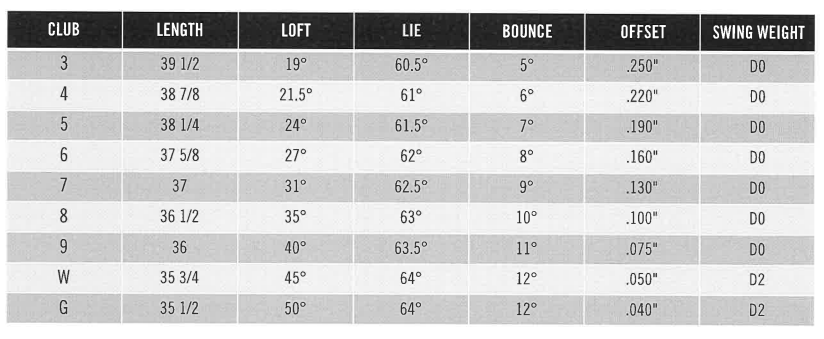
PXG 0311 XF Gen2 irons
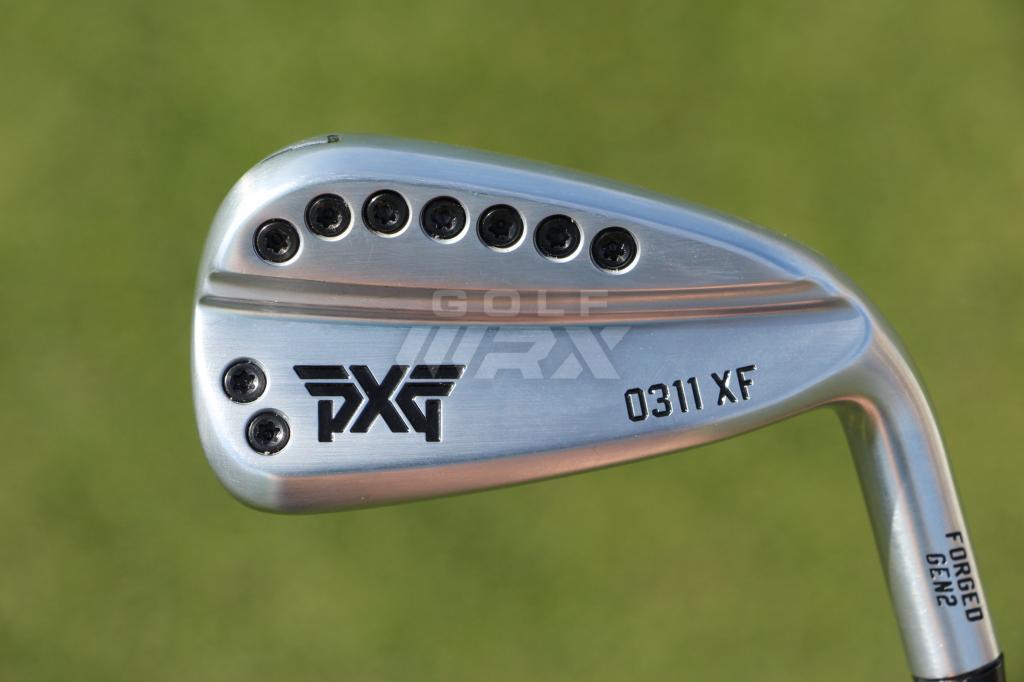
The PXG 0311 XF Gen2 iron, according to PXG, is a “game improvement club that offers extreme forgiveness and a superior feel, while maintaining the sleek look of a blade.” Compared to the T and P models, the XF irons have larger head sizes. Compared to the Gen1 XF irons, the Gen2 XF irons are reported to have a thinner topline appearance, more offset, less sole camber, and 3 percent higher MOI.
Specs
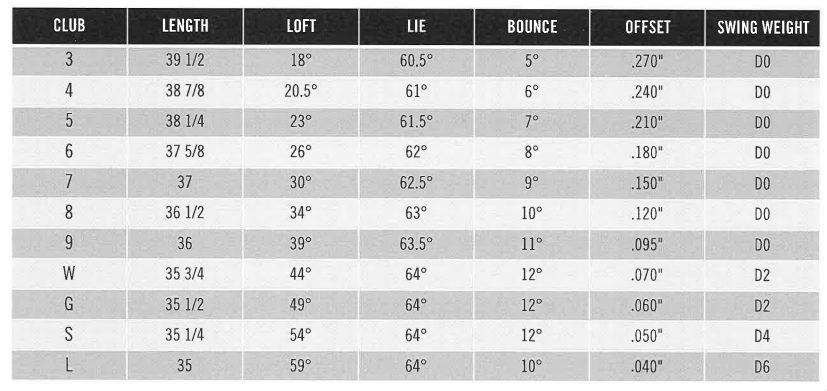
PXG 0311 SGI Gen2 irons
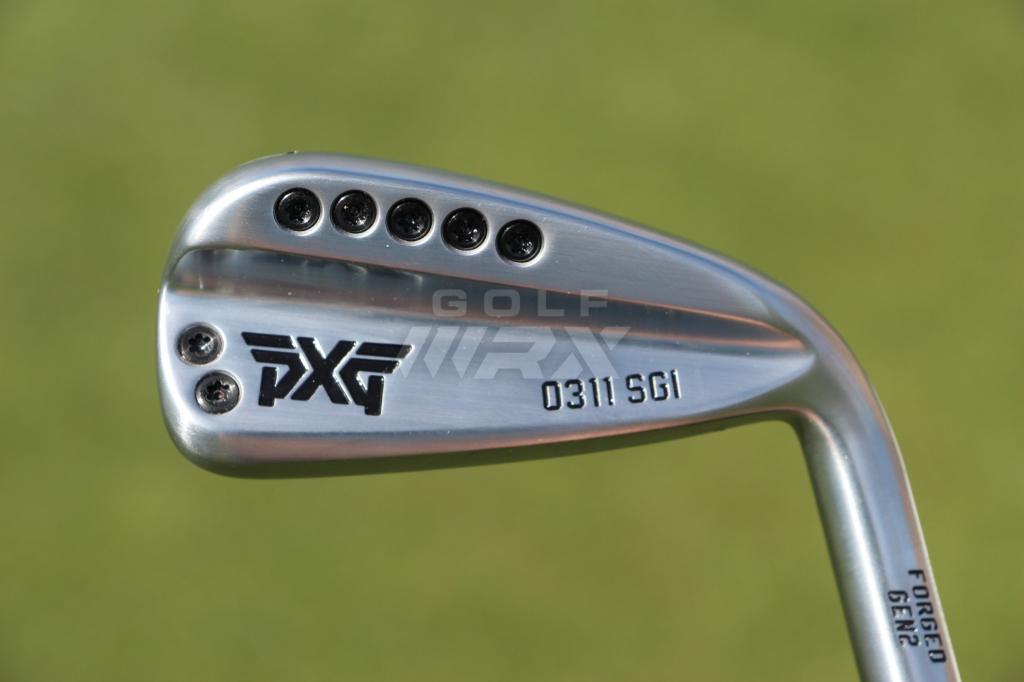
PXG’s first ever Super Game-Improvement (SGI) iron has a thick topline, a low profile and a wide sole to help golfers launch it higher and achieve maximum forgiveness. It also has a longer blade length than the other models and more offset to effectively help golfers turn the golf ball over.
Specs
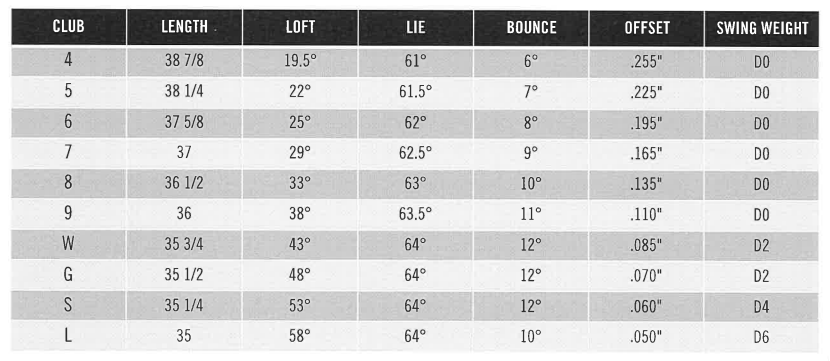
PXG 0311 X Gen2 driving irons
PXG’s new 0311 X Gen2 driving irons are advertised as “low-spin” clubs that are designed “to deliver a more penetrating ball flight.” They’re available in irons 1-5, and have lofts ranging from 15-24 degrees. The lengths throughout the 0311 X Gen2 offerings are progressive — shorter in the higher lofts and longer in the lower lofts.
Specs

Related
- Parsons explains why Gen2 irons cost $400, but are “probably worth $1000”
- See what GolfWRX Members are saying about PXG’s new 0311 Gen2 irons
- Photos from the PXG Gen2 launch event and Scottsdale National Golf Club
- LIKE104
- LEGIT22
- WOW9
- LOL14
- IDHT6
- FLOP16
- OB13
- SHANK119
Whats in the Bag
WITB Time Machine: Danny Willett’s winning WITB, 2016 Masters
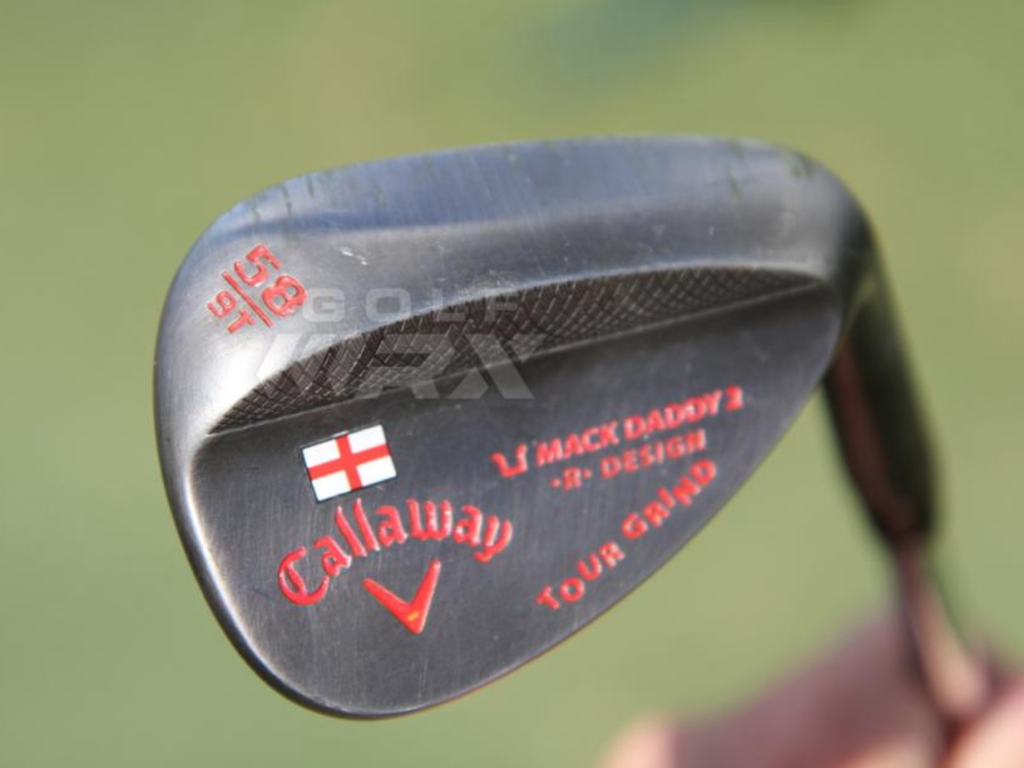
Driver: Callaway XR 16 (9 degrees)
Shaft: Mitsubishi Rayon Diamana W-Series 60 X
Length: 45.5 inches
3-wood: Callaway XR 16 (15 degrees)
Shaft: Mitsubishi Rayon Diamana W-Series 70X
5-wood: Callaway XR 16 (19 degrees)
Shaft: Mitsubishi Rayon Diamana W-Series 80X
Irons: Callaway Apex UT (2, 4), Callaway Apex Pro (5-9)
Shaft: True Temper Dynamic Gold X100 Superlite
Wedges: Callaway Mack Daddy 2 (47-11 S-Grind) Callaway Mack Daddy 2 Tour Grind (54-11, 58-9)
Shaft: True Temper Dynamic Gold X100 Superlite
Putter: Odyssey Versa #1 Wide (WBW)
Lie angle: 71 degrees
Ball: Callaway Speed Regime SR-3
Check out more photos of Willett’s equipment from 2016 here.
- LIKE3
- LEGIT0
- WOW1
- LOL0
- IDHT0
- FLOP0
- OB0
- SHANK0
Equipment
Project X Denali Blue, Black shaft Review – Club Junkie Review
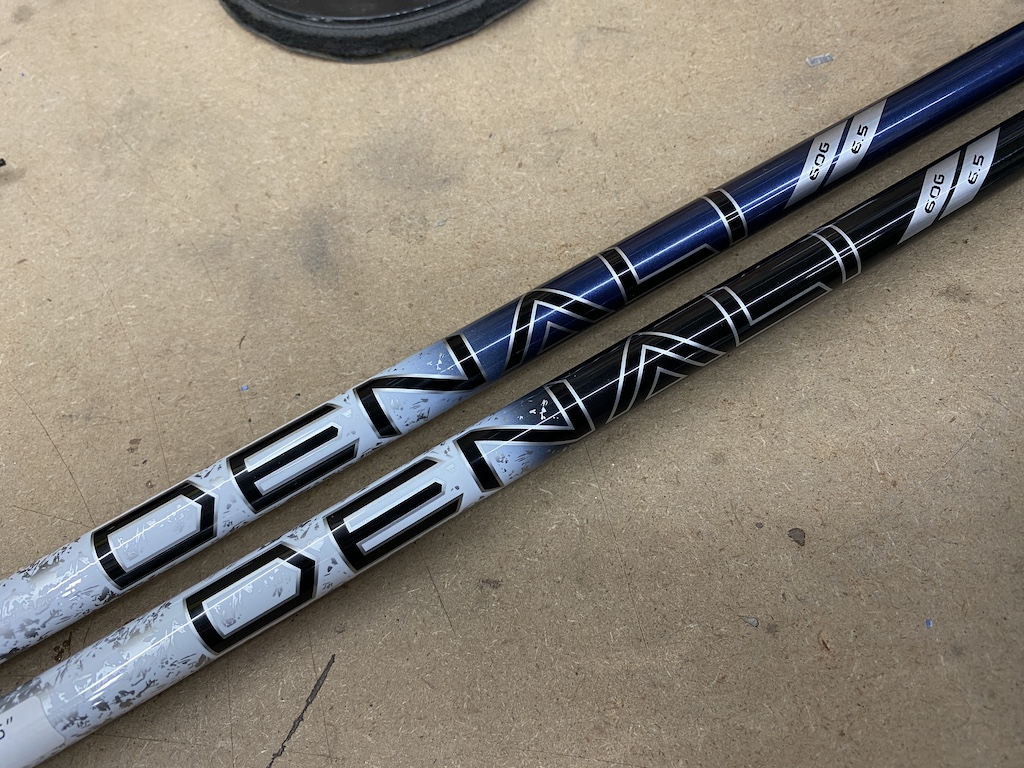
Originally, Project X was known for low-spin steel iron shafts. However, the company might now be known for wood shafts. Denali is the newest line of graphite shafts from Project X. With the Denali line, the company focuses on feel as well as performance.
There are two profiles in the Denali line, Blue and Black, to fit different launch windows. Denali Blue is the mid-launch and mid-spin profile for players who are looking for a little added launch and Denali Black is designed for low-launch and low-spin. Both models are going to offer you a smooth feel and accuracy.
For a full in-depth review check out the Club Junkie podcast on all podcast streaming platforms and on YouTube.
Project X Denali Blue
I typically fit better into mid-launch shafts, as I don’t hit a very high ball so the Denali Blue was the model I was more excited to try. Out of the box, the shaft looks great and from a distance, it is almost hard to tell the dark blue from the Denali Black. With a logo down install of the shaft, you don’t have anything to distract your eyes, just a clean look with the transition from the white and silver handle section to the dark navy mid and tip.
Out on the course, the Blue offers a very smooth feel that gives you a good kick at impact. The shaft loads easily and you can feel the slightly softer handle section compared to the HZRDUS lineup. This gives the shaft a really good feel of it loading on the transition to the downswing, and as your hands get to impact, the Denali Blue keeps going for a nice, strong kick.
Denali Blue is easy to square up at impact and even turn over to hit it straight or just little draws and most of the flex of the shaft feels like it happens right around where the paint changes from silver to blue. The Blue launches easily and produces what I consider a true mid-flight with the driver. While it is listed as mid-spin, I never noticed any type of rise in my drives. Drives that I didn’t hit perfectly were met with good stability and a ball that stayed online well.
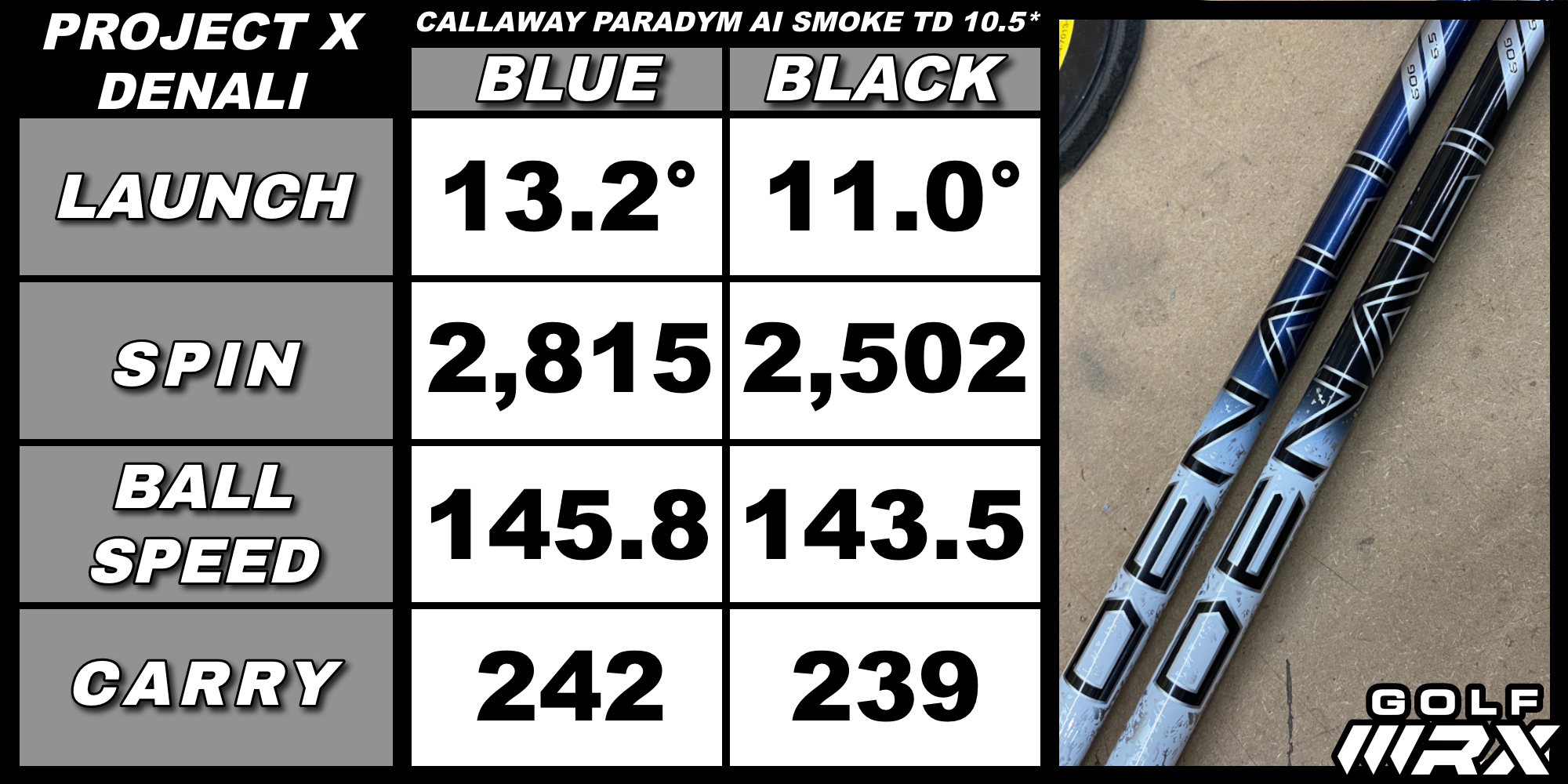
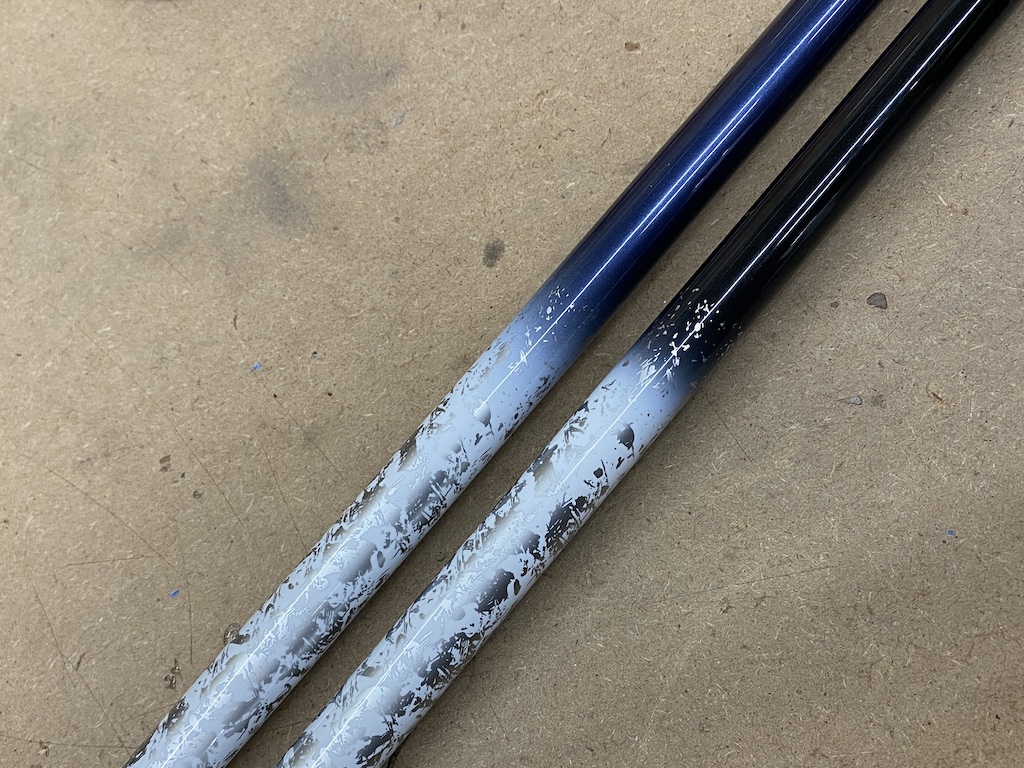
Project X Denali Black
When you hold the Denali Black in your hands you can tell it is a more stout shaft compared to its Blue sibling by just trying to bend it. While the handle feels close to the Blue in terms of stiffness, you can tell the tip is much stiffer when you swing it.
Denali Black definitely takes a little more power to load it but the shaft is still smooth and doesn’t give you any harsh vibrations. Where the Blue kicks hard at impact, the Black holds on a little and feels like keeps you in control even on swings that you try and put a little extra effort into. The stiff tip section also makes it a little harder to square up at impact and for some players could take away a little of the draw from their shot.
Launch is lower and more penetrating compared to the Blue and produces a boring, flat trajectory. Shots into the wind don’t rise or spin up, proving that the spin stays down. Like its mid-launch sibling, the Black is very stable and mishits and keeps the ball on a straighter line. Shots low off the face don’t get very high up in the air, but the low spin properties get the ball out there farther than you would expect. For being such a stout shaft, the feel is very good, and the Denali Black does keep harsh vibrations from your hands.
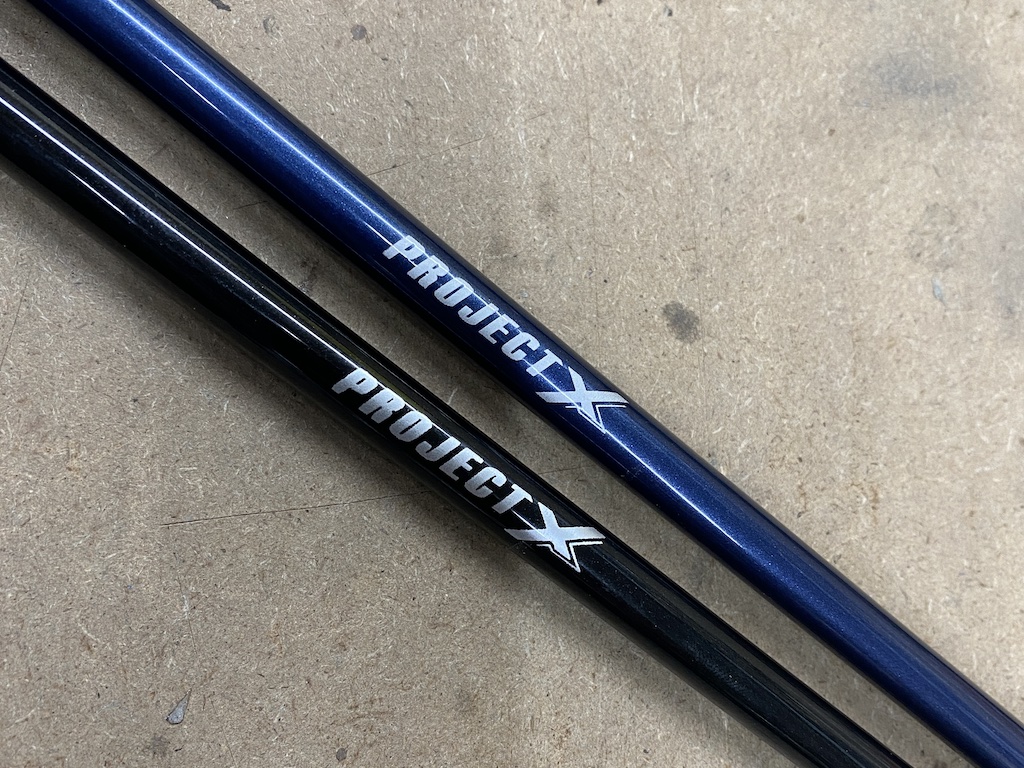
Overall the Project X Denali Blue and Black are great additions to the line of popular wood shafts. If you are looking for good feel and solid performance the Denali line is worth trying out with your swing. Choose Blue for mid-launch and mid-spin or Black for lower launch and low spin.
- LIKE2
- LEGIT1
- WOW1
- LOL0
- IDHT0
- FLOP0
- OB0
- SHANK0
Equipment
What we know about Bryson DeChambeau’s 3D-printed Avoda irons
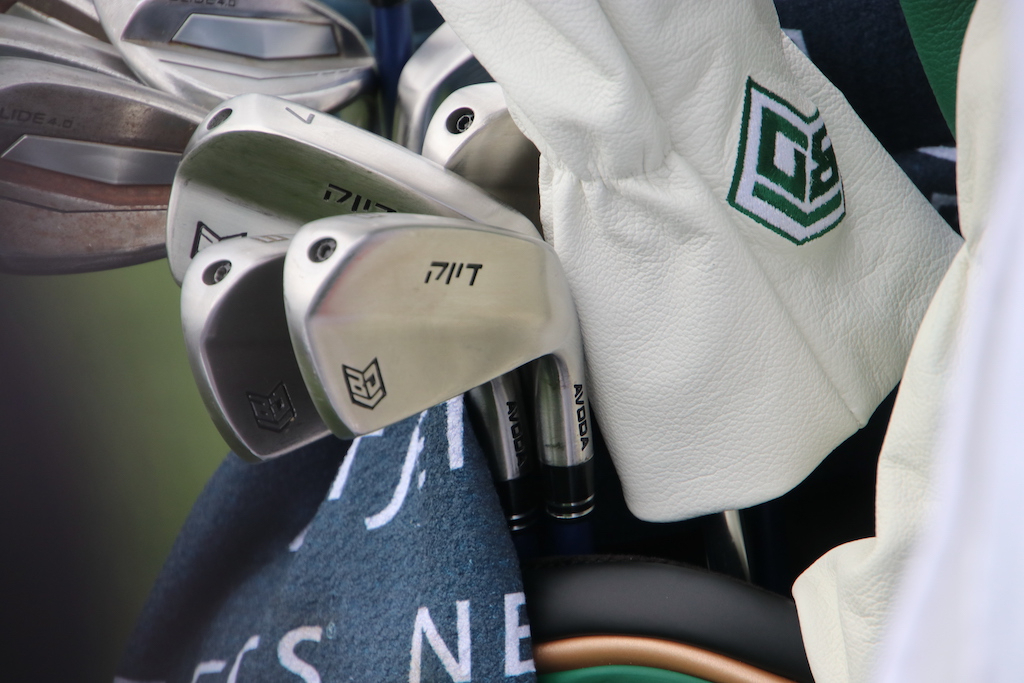
Bryson DeChambeau fired an opening-round 7-under 65 at Augusta National, hitting an impressive 15 of 18 greens in regulation in the process. Golf’s mad scientist’s play grabbed headlines and so too did his equipment. In place of the Ping i230 irons he had in the bag last week for LIV Golf’s Miami event, DeChambeau is gaming a prototype 5-PW set of irons from little-known direct-to-consumer manufacturer Avoda.
What is Avoda Golf?
Founded by Tom Bailey, also a Mike Schy student like Bryson DeChambeau, Avoda Golf is a direct-to-consumer golf equipment company that currently manufactures both single and variable-length irons in one model that are available for pre-order.
What irons is Bryson DeChambeau playing?
Per multiple reports, DeChambeau is playing a custom-designed set of single-length irons that incorporate bulge and roll into the face design. The two-piece 3D-printed irons were reportedly only approved for play by the USGA this week, according to Golfweek’s Adam Schupak.
Regarding the irons, DeChambeau told Golf Channel the irons’ performance on mishits was the determining factor in putting them in play this week. “When I mishit on the toe or the heel,” DeChambeau said. “It seems to fly a lot straighter for me and that’s what has allowed me to be more comfortable over the ball.”
What can we tell about the design of the clubs?
These days, it is a little hard to speculate on what is under the hood with so many hollow body irons. DeChambeau’s irons look to be hollow on the lower section as they do flare back a decent amount. That “muscle” on the back also looks to be fairly low on the iron head, but we can assume that is progressive through the set, moving up higher in the short irons.
A screw out on the toe is probably used to seal up the hollow cavity and used as a weight to dial in the swing weight of the club. From pictures, it is hard to tell but the sole looks to have a little curve from heel to toe while also having some sharper angles on them. A more boxy and sharper toe section looks to be the design that suits Bryson’s eye based on the irons he has gravitated toward recently.
What are bulge and roll, again?
Two types of curvature in a club face, traditionally incorporated only in wood design. Bulge is heel-toe curvature. Roll is crown-sole curvature. Both design elements are designed to mitigate gear effect on off-center strikes and produce shots that finish closer to the intended target line. (GolfTec has an excellent overview of bulge and roll with some handy GIFs for the visual learner)
What else is in DeChambeau’s bag?
Accompanying his traditional Sik putter, Bryson builds his set with a Ping Glide 4.0 wedges, a Krank Formula Fire driver and 5-wood, and a TaylorMade BRNR Mini Driver, all with LA Golf graphite shafts.
- LIKE94
- LEGIT29
- WOW23
- LOL11
- IDHT6
- FLOP4
- OB5
- SHANK15
-

 19th Hole3 days ago
19th Hole3 days agoDave Portnoy places monstrous outright bet for the 2024 Masters
-

 19th Hole3 weeks ago
19th Hole3 weeks agoJohn Daly stuns fans into silence with brutal opening tee shot on PGA Tour Champions
-

 19th Hole2 weeks ago
19th Hole2 weeks agoThings got heated at the Houston Open between Tony Finau and Alejandro Tosti. Here’s why
-

 19th Hole4 days ago
19th Hole4 days agoTiger Woods arrives at 2024 Masters equipped with a putter that may surprise you
-

 19th Hole1 week ago
19th Hole1 week agoReport: Tiger Woods has ‘eliminated sex’ in preparation for the 2024 Masters
-

 19th Hole3 weeks ago
19th Hole3 weeks agoCharlie Woods finds it tough going on American Junior Golf Association debut
-

 19th Hole2 weeks ago
19th Hole2 weeks agoAddiction, spinal fusion, and scam artists – Everything Anthony Kim revealed in candid interview with David Feherty
-

 19th Hole1 week ago
19th Hole1 week agoAnthony Kim says doctors told him that he ‘may not have much time left’ ahead of LIV return

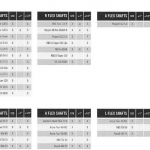
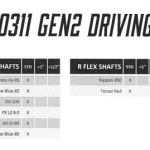
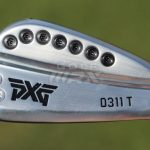
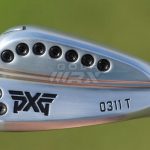
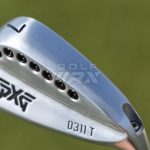
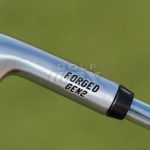
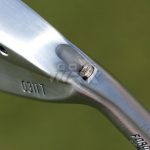
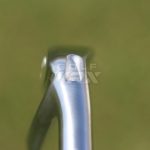
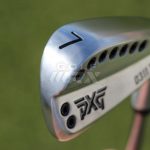
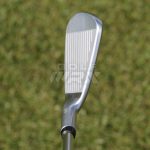
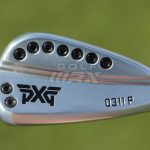
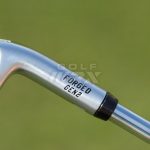
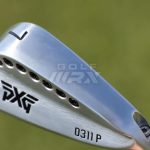
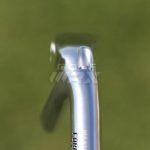
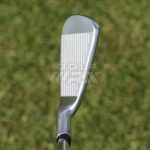
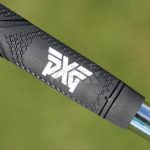
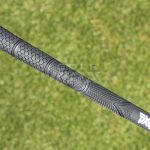

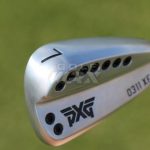
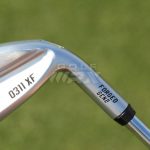
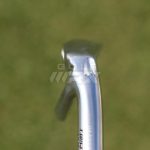
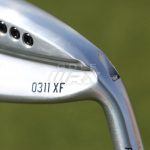
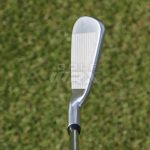
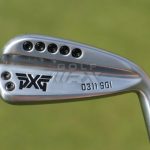
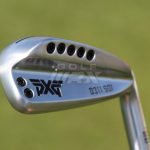
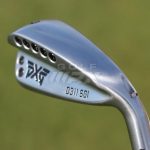
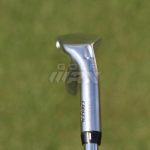
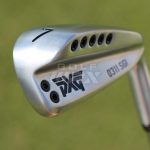
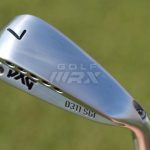
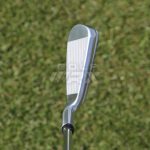
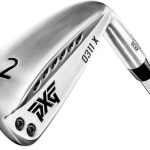
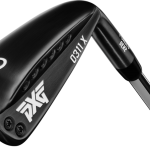
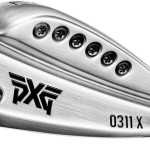


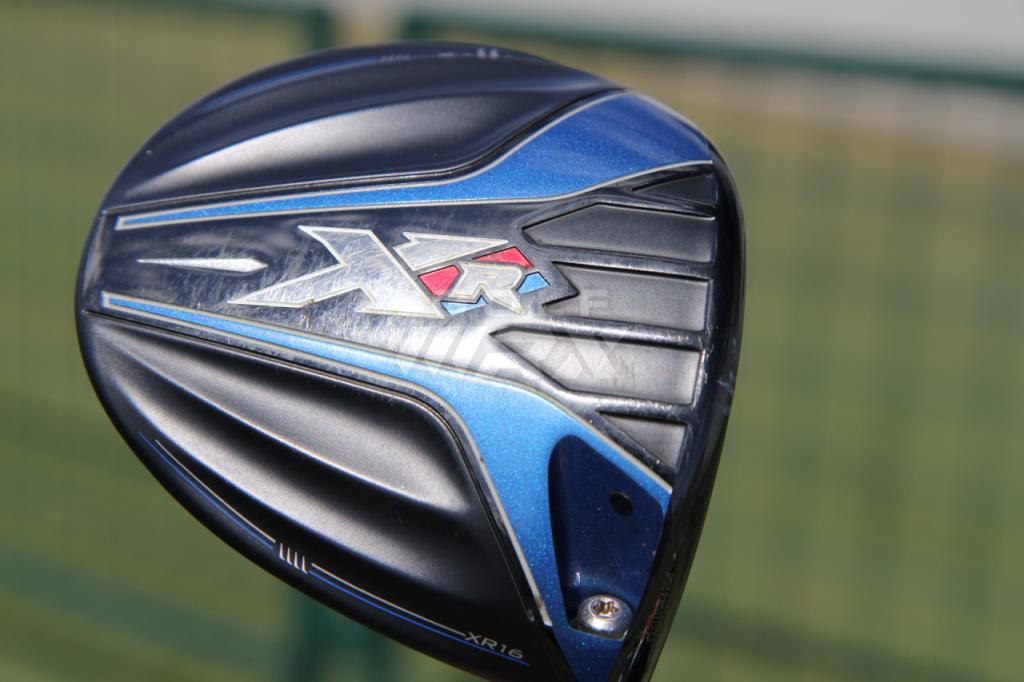
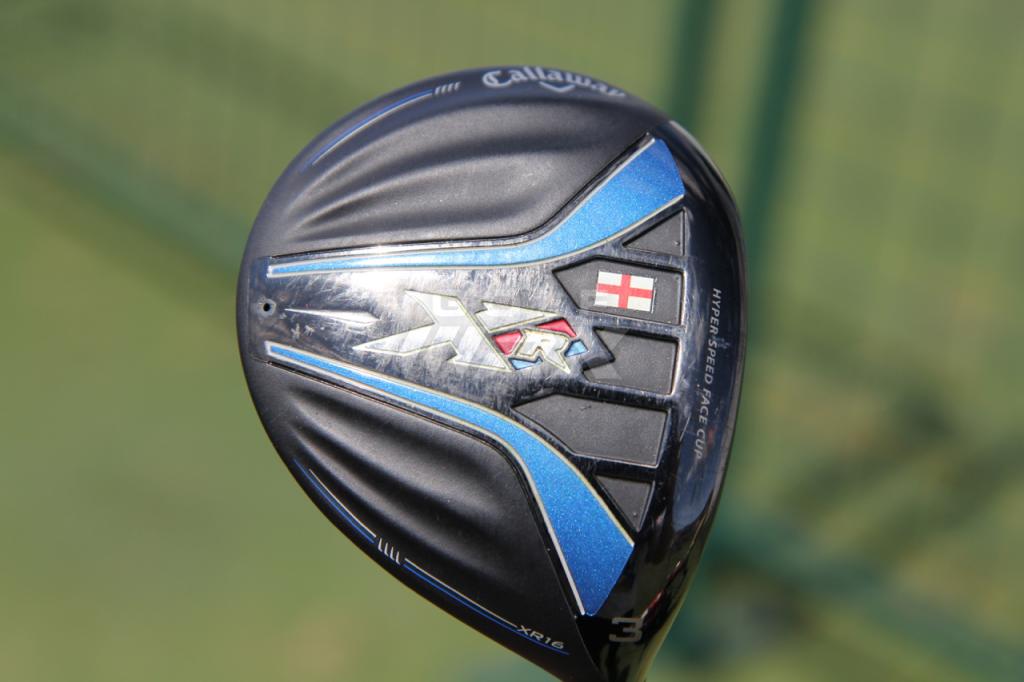

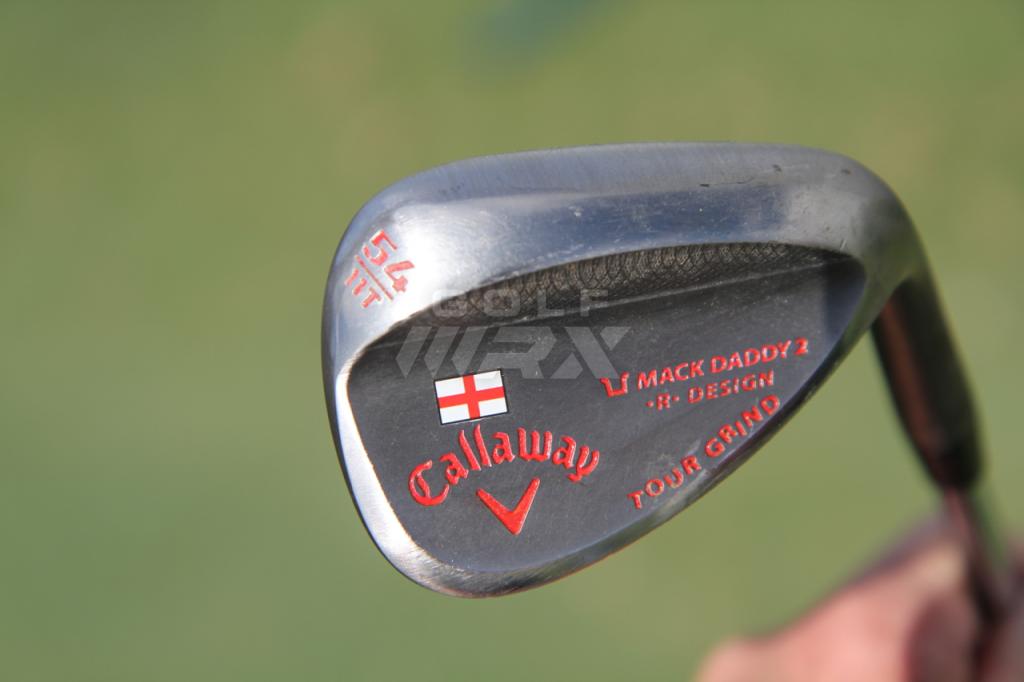
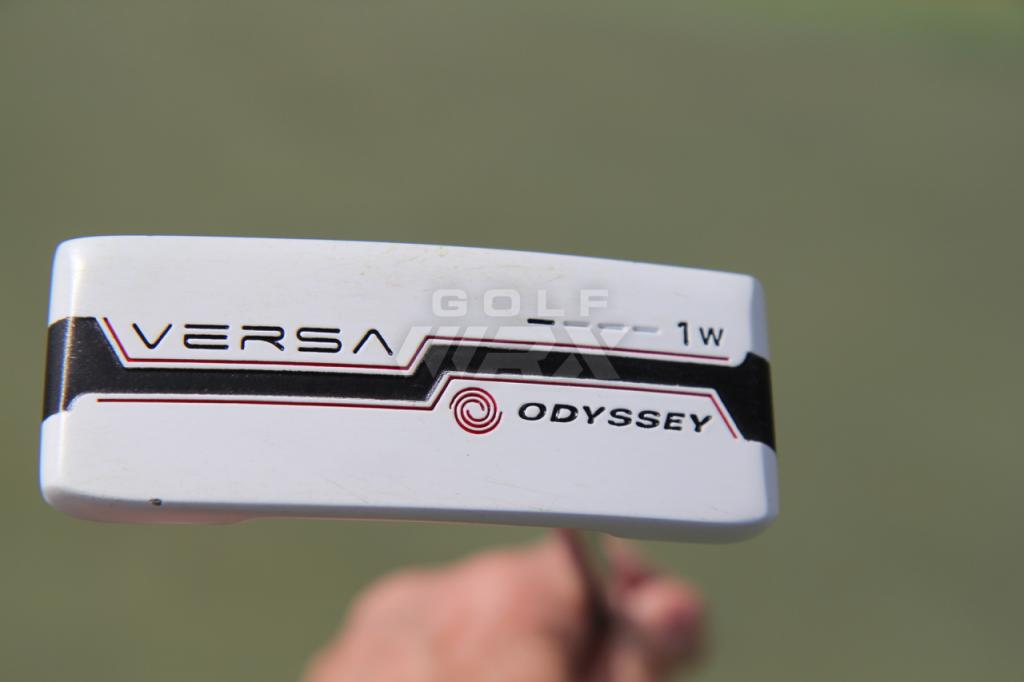














Scott Longmore
Sep 30, 2018 at 9:07 pm
I just bought the 0311T Gen2 irons and love them. Such a soft, solid feel on every shot. Better than my Mizuno MP 18’s.
dr. freud
Mar 29, 2018 at 7:18 pm
For most gearhead golfers 75% of the game is what you own, not how you play, and then bragging (lying) about how great your newest clubs are compared to your last set of status clubs. Delusion happens in the 6 inches between your ears.
Mike Delgadillo
Mar 23, 2018 at 5:34 pm
400 for pw-3 Iron, maybe. This guy is laundering money.
Dave
Mar 20, 2018 at 2:53 pm
Why same same swingweight through set until the wedges, MOI would make the swing feel even better
joro
Mar 17, 2018 at 9:29 am
Hey,,,, if you are made of Money why not. Or maybe not made of Money but want to look like a Golfer with a big ego to be the first on the block to have them, why not. They may satisfy an ego, or a curiosity, but will they make you better than you are ?, nope. But if you want em, go get em and enjoy them.
Mat
Mar 17, 2018 at 5:52 am
Those specs and faces look “borrowed” from someone in town.…
Tom
Mar 16, 2018 at 4:21 pm
Most guys here shouldn’t comment on the clubs unless they have tried them! I have tried them and there is nothing that compares to them, expensive yes but you get what you get what you pay for. By the way, most pros get paid to use equipment, so they must like them to use them! Taylormade dropped Garcia and is still winning with similar clubs from call away!
Ray
Mar 16, 2018 at 2:10 pm
I’m really surprised that Zach Johnson , being the Iowan blue collar type, would play these Champagne type of sticks! Maybe these clubs are the reason for his fall from the clouds.
“All that glitters is not gold”
Robert
Mar 16, 2018 at 1:31 pm
Wow, that’s a lot of hate for really a great set of irons. I’ve got a set of the P790 and a set of the 0311t. The feel is better hands down in the 0311t. Also less offset and way less chunky in the mid short irons. I prefer the 0311t over the other player irons I’ve hit that include Titleist, Mizuno and Taylormade. They are very forgiving for a blade and long. I didn’t like the standard 0311 as to me it was just too big. If you’ve got the cash and want to play a great set of irons, I’d at least consider trying them. Also, I’d ignore the BS hate on the irons as they are solid sticks. If you don’t like Bob that’s fine, but the irons are top notch. Worth the extra cash? To me yes.
Jack Nash
Mar 16, 2018 at 12:59 pm
Danica + Bikini + holding PXG Iron = Rocket To The Moon Sales. The old Go Daddy girl.
Glfhsslr
Mar 16, 2018 at 12:34 pm
These are just status clubs….. that’s it. I’ve got money and these are the most expensive it can buy.
Cigarmikl
Mar 16, 2018 at 12:22 pm
Why aren’t all the pros playing such great clubs? Don’t tell me ot’s Because of sponsorship Pros want to win tournaments.
JD
Mar 16, 2018 at 12:17 pm
“Buy my clubs for 3-4x of taylormade or titleist, they do the same thing, but mine sat pxg.” Bob Parsons … probably
Bob Parson Jr.
Mar 16, 2018 at 10:14 pm
Overpriced Junk! The same thing as Cameron and his overpriced copies.
Francesco Zallio
Mar 16, 2018 at 12:14 pm
because they want a lot of money !????????????????
ogo
Mar 15, 2018 at 3:17 pm
skrewskrewskrewskrewskrewsskrews…. and jello-filled …. 😮
Craig Sapp
Mar 15, 2018 at 2:04 pm
So they went to 8620 steel just like the other companies but want to charge almost three times as much. The 790’s have proved you can make the same clubs for less.
Dalenchmob
Mar 15, 2018 at 10:16 pm
Exactly. Made of junk. And the originals were so well thought out and so well designed, the paint chipped off the numbers. So what did they do this time? Move the number to the toe, because the originals were so well designed. Nobody designs junk like Parsons and flog it for thousands to thousands of suckers
Bob Parson Jr.
Mar 16, 2018 at 10:16 pm
Reminds me of another Cast Junk King, ah yes, Scotty Cameron.
Ryan Michael
Mar 15, 2018 at 12:32 pm
$5k for irons that have a cheap 5 cent baby ferrule. Love the quality of their clubs just not a fan of that look.
Hmmmm
Mar 16, 2018 at 10:46 am
I may be wrong but I believe those are fitting heads and the ferrules on the standard clubs are full sized.
Izzy
Mar 15, 2018 at 11:42 am
I look at my WITB set of irons and I feel… impotent, after reading about the PXGs.
Even though I can’t afford a full set I will get a partial set… 5/7/9/PW, and play with those and then add more clubs next year until I fill my bag. I wanna be a PXG playah for the pride and added mojo that I need.
Joe
Mar 15, 2018 at 11:12 am
right after I hate on these I am going to go blast people who hate on Tiger.
dat
Mar 15, 2018 at 9:41 am
I’ll take zero sets, please.
B
Mar 15, 2018 at 9:16 am
That would be TPU, not TPE, because it’s Urethane, innit? doh
And paint would wear from the numbers? I guess you get what you pay for! I feel sorry for the people who paid for these cheaply made, poorly designed clubs
Jerry
Mar 15, 2018 at 3:59 pm
Just the other day, a guy was at my instructor’s range, and saw me hitting the 0311XF and asked about them. I handed him a 7i. He’d been hitting the Ping G700 irons. He hit the PXG and said, I like the look and feel of these over the 700’s. I took the G700, looked down at it, and it did not look good at address, did not feel as good, but nice ballflight.
We both preferred the PXG 0311XF.
Still, I’d try the Callaway Rogue Irons for distance and forgiveness.
BParsons
Mar 15, 2018 at 9:12 am
These comments will definitely not be filled with angst and vitriol, I promise.
kevin
Mar 15, 2018 at 8:59 am
i’d actually be embarrassed with these in my bag. going out shooting 80 with sticks that cost 4 to 5 times what a brand new set of irons from equally good company…no thanks. not just because the cost, because of the image it gives off.
Tigergor
Mar 15, 2018 at 7:41 am
Sweet Jesus! What a lot of rubbish. PXG make Taylormade look restrained in terms of marketing guff.
Bob Parson Jr.
Mar 16, 2018 at 10:17 pm
Post of the Day!
Jerry
Mar 15, 2018 at 4:55 am
They look slightly better in the back, but in the XF 3% more MOI, and more offset, is not attractive to me or enough of a change. Going to 8620 steel sounds like a way to save money. I see the price going to $500 per iron in satin and a better shaft. It’s a nice club, but if doing it again, I’d look at the Callaway Rogue.